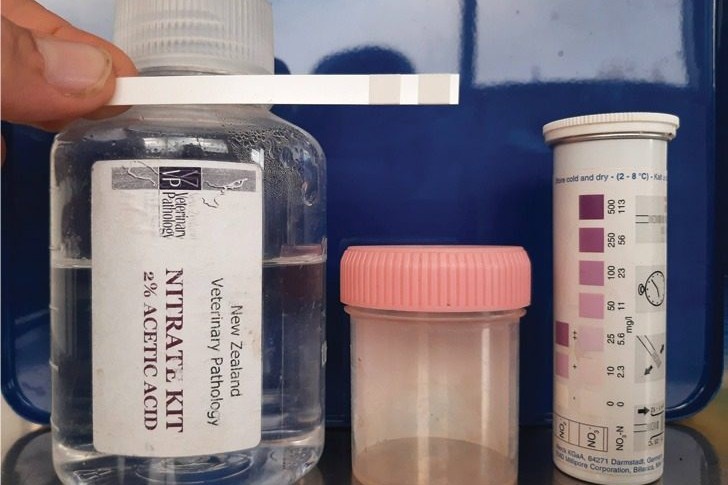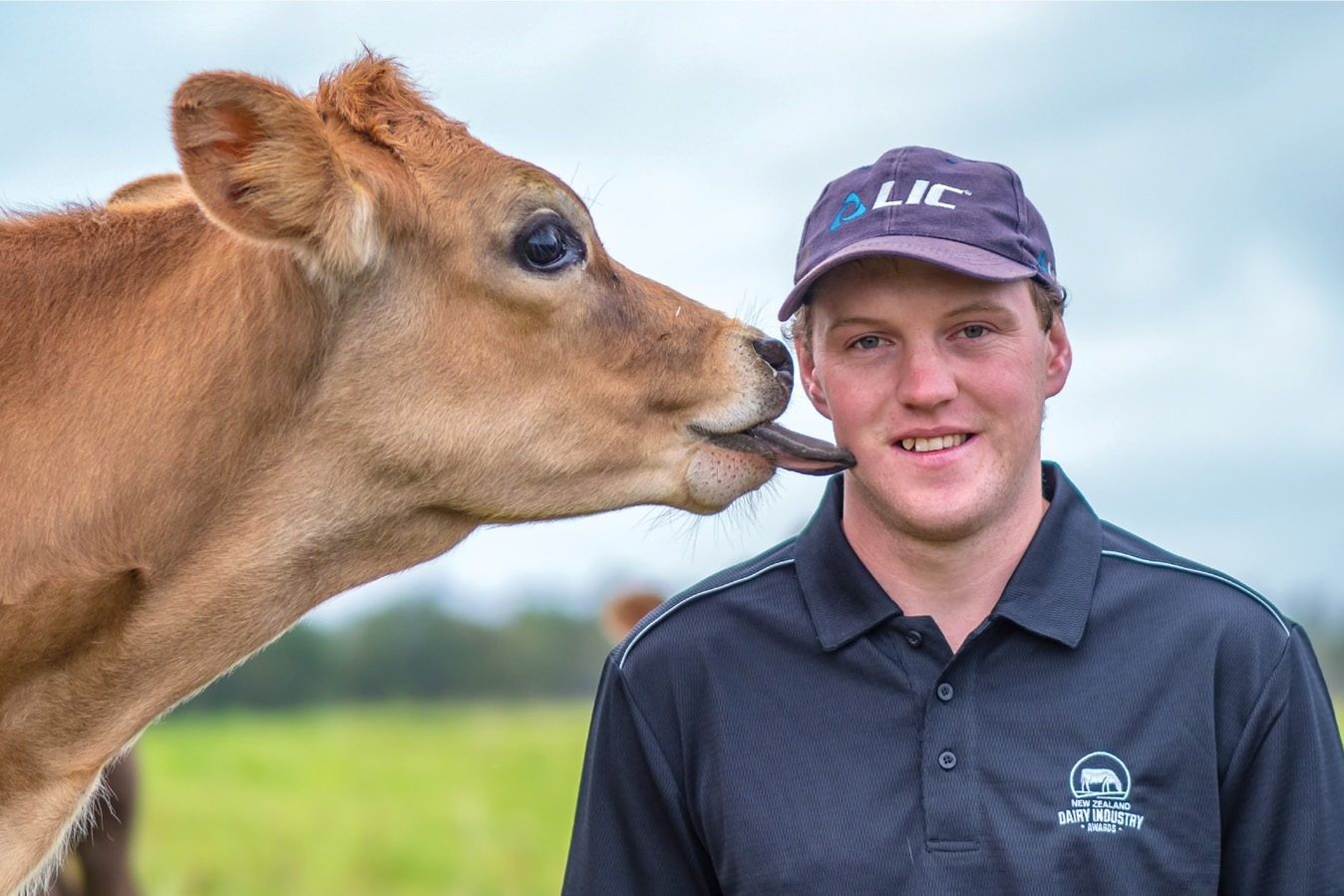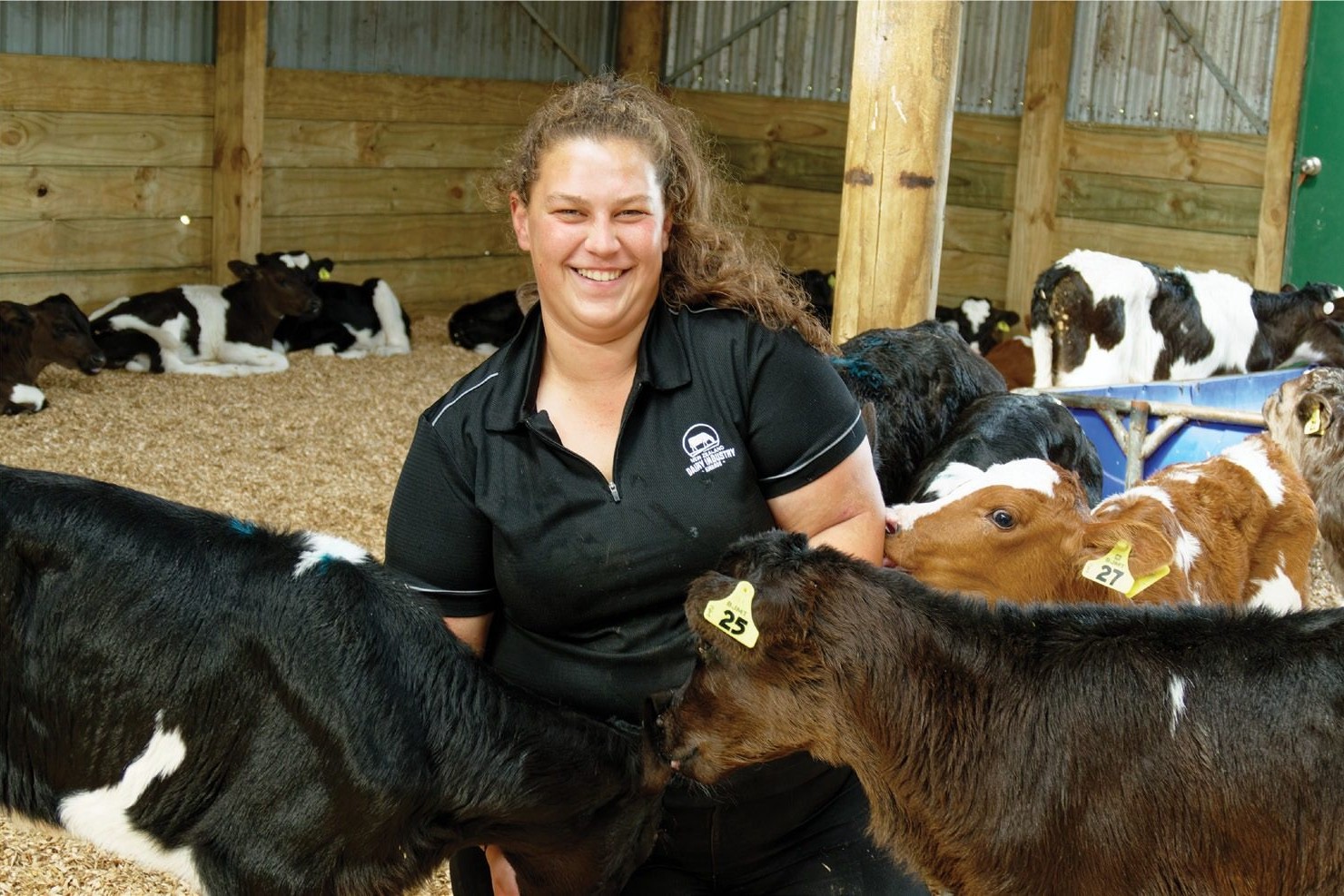Words by: Anne Cote
Purebred Holstein Friesian herds are a matter of pride for dairy producers both in the United States and Canada but there is a difference in how each country calculates the profitability of their herds.
According to Dr Leslie Hansen, Professor of Dairy Cattle Genetics at the University of Minnesota in St. Paul Minnesota, US, that difference is supported by the marketing methods in the two countries.
He says Canadian producers sell their milk into a quota system which guarantees higher milk prices than the global market. Dairy producers in Canada measure their production success by the number of litres of milk the herd, or even a single cow, produces in a single day. Their cost of production is measured by the cost of inputs required to maintain a cow’s liquid milk production and butterfat content.
Other important costs of production factors include the animal’s fertility rate and overall good health.
In the US, Leslie explains, milk prices are based on the solids in milk and neither processors nor exporters care if the kilograms of milk solids originate from a purebred or a crossbred cow. Profitability depends on the value of the US dollar, the cost of inputs and the volume of milk solids the herd produces.
“As dairy producers become squeezed on profit, they become more interested in reducing input costs, especially for the functional traits related to fertility, health, and survival of cows,” Lelsie says.
Adding genetics from other breeds can improve the functional traits and is becoming more popular in the US and Europe, he adds.
This is especially important in national and global free markets.
Leslie notes dairy producers in both the US and Europe, who sell their dairy products into the global market, are looking at integrating 3-breed crossbreds into their herds as one method of maximising their profits in the free market system. While Canadian dairy producers aren’t as engaged in diversifying the genetic makeup of their herds it’s not unusual to find a few Jersey cows mixed into the herds for interest but not for cross breeding.
Although Canada has a quota system for milk, its processors sell skim milk powder, cheese, whey products and yogurt to the “United States, Egypt, Philippines and Algeria” according to 2019 data from the Government of Canada.
Crossbred study reveals profit benefits
A recently completed 10 year designed study conducted by Leslie and two of his colleagues, Amy Hazel and Brad Heins, showed daily profits in US herds from 2-breed crossbreds were 13 percent higher than that of their Holstein Freisian herd mates while profits were 9 percent higher in 3-breed crossbreds when compared to the Holstein Freisians.
Higher lifetime profits were also realised due to the longevity of the crossbreds according to Leslie’s study.
The three breeds he used to study the 3-breed or ProCROSS rotation are Holstein Friesian, VikingRed, and Montbeliarde. The rotation can start with either a VikingRed bred to a Holstein Friesian or the other way around starting with a Montbeliarde bred to a Holstein Friesian. The circular cycle of breeding VikingRed to Holstein Friesian then to Montbeliarde can also work in reverse.
Leslie sees an opportunity for improving profits in dairy herds in the different marketing systems. “Crossbreeding simply provides the potential for more efficient and profitable production of milk solids regardless of the eventual use of those solids, either domestic or export,” he says.






